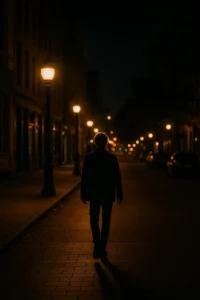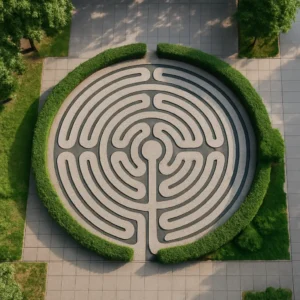Throughout history, cities have faced unimaginable destruction — from wars and natural disasters to political collapse and human tragedy. Yet, time and again, many of these cities have not only rebuilt but redefined themselves. Their ruins became the foundation for rebirth, and their stories are powerful testaments to human resilience, creativity, and community strength.
One of the most striking examples is Warsaw, Poland. During World War II, over 85% of the city was destroyed, reduced to rubble by bombings and uprisings. After the war, instead of erasing its history, Warsaw’s citizens chose to meticulously reconstruct their Old Town using paintings, photos, and memories. Today, it stands as a symbol of national identity and pride — a UNESCO World Heritage site that represents survival through unity.
Berlin, Germany, was split in half during the Cold War, scarred by bombings and then divided by the Berlin Wall for nearly three decades. The fall of the wall in 1989 became a global symbol of freedom and reunification. Since then, Berlin has transformed into one of Europe’s most creative, inclusive, and innovative capitals. Its architecture tells a story of fragmentation and reconnection, with ruins of the past standing alongside futuristic buildings and vibrant street art.
In Hiroshima, Japan, the devastation of the atomic bomb in 1945 left behind a landscape of absolute ruin. But instead of becoming a city frozen in grief, Hiroshima was rebuilt with peace at its heart. The Hiroshima Peace Memorial Park and Museum honor the victims while promoting global disarmament. Today, Hiroshima is a thriving, modern city that balances remembrance with resilience — a place that teaches the world about the consequences of war and the power of healing.
Beirut, Lebanon, has been rebuilt more than once. The city has survived civil wars, invasions, and, most recently, a devastating port explosion in 2020. Each time, Beirut’s people have shown incredible strength, rebuilding homes, reopening businesses, and restoring cultural life. Though political instability remains, Beirut’s story is one of artistic soul, resistance, and an unbreakable will to move forward.
Dresden, Germany, is another city that rose from ashes. Nearly destroyed during World War II, its famous Frauenkirche (Church of Our Lady) was left in ruins for decades. After the reunification of Germany, the church was rebuilt using as much of the original stone as possible. Its restoration became a symbol of reconciliation and the enduring beauty of architectural heritage.
Detroit, USA, although not destroyed by war, faced a different kind of collapse — economic ruin and depopulation. In the 2000s, the city became a symbol of urban decay. But in recent years, Detroit has begun to transform. Through grassroots efforts, investment in local business, art initiatives, and a new tech presence, the city is reinventing itself. While challenges remain, Detroit’s resurgence proves that even economic collapse is not the end of a city’s story.
Aleppo, Syria, has endured one of the most heartbreaking modern urban destructions due to war. While many neighborhoods remain in ruins, restoration has begun in parts of the Old City. Citizens, artisans, and international groups are working to preserve its ancient history and prepare for a hopeful future. The road is long, but the process itself speaks to the courage of communities rebuilding from nothing.
These cities are more than just places on a map — they are living testaments to endurance. Their rebirth didn’t happen overnight. It took decades of effort, patience, vision, and above all, belief. The people who stayed, who returned, who dreamed again — they are the architects of resilience.
In every cracked stone that was reset, every street that reopened, and every school that welcomed children again, there is a silent message: we are still here.
These stories show that destruction does not have to be the final chapter. Instead, it can mark the beginning of something even stronger, wiser, and more united than before.







